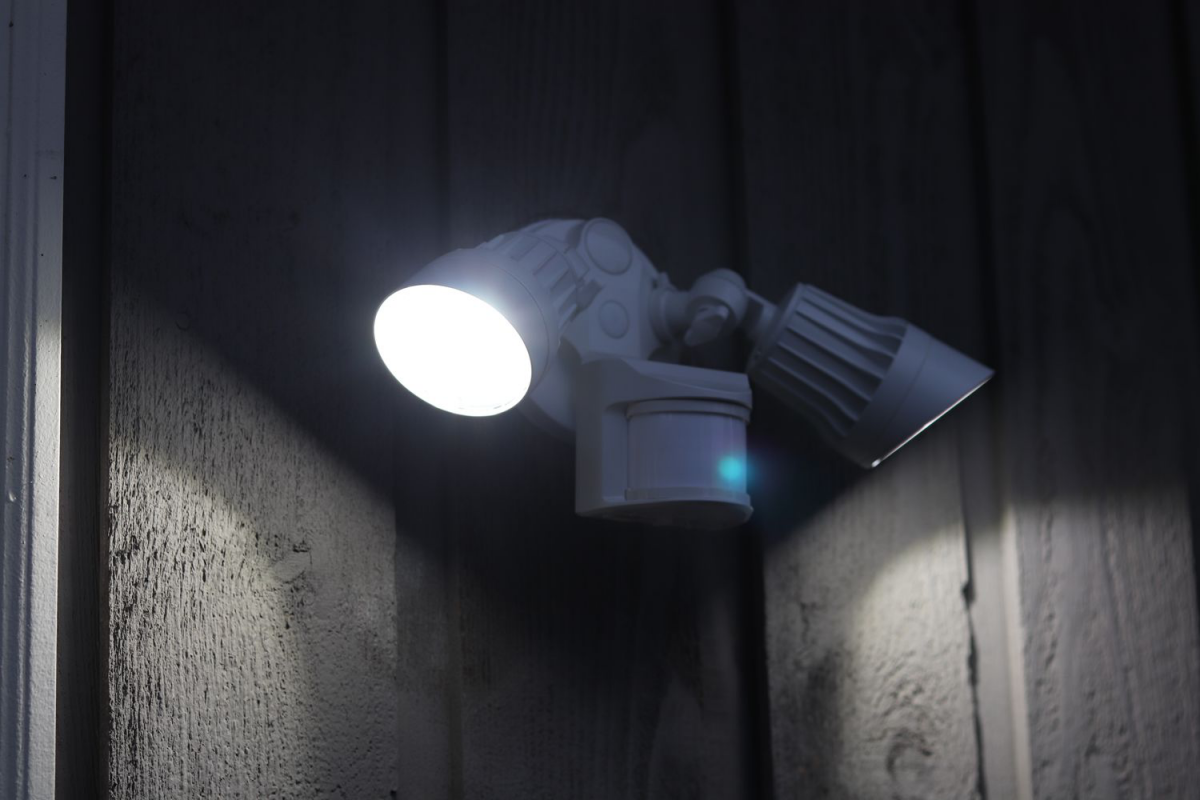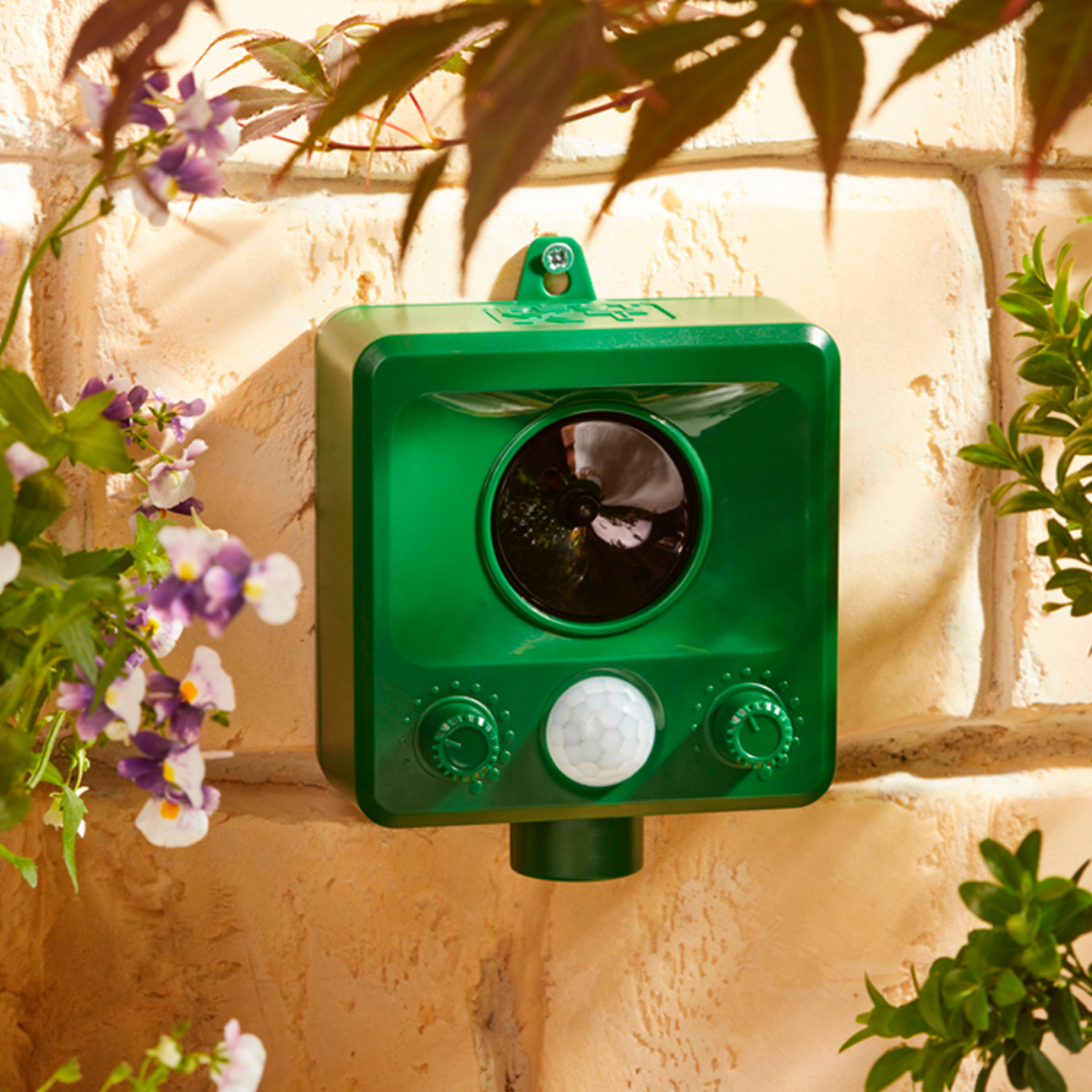Tired of Raccoons? Here’s How to Actually Win the War on Your Yard
I’ve been dealing with properties and wildlife for more years than I can count, and let me tell you, I’ve seen what a raccoon is capable of. I once had a client in an old part of town where a ridiculously smart raccoon figured out how to jimmy open a specific window latch. Night after night, she’d let herself into the pantry for a snack, and get this—she was teaching her kids how to do it, too. It wasn’t until we changed the hardware and secured the entire area that she finally gave up. That job taught me something fundamental: you don’t beat a raccoon with one trick. You have to build a complete strategy to outsmart them.
In this article
It’s easy to get frustrated. You see your trash cans tipped over for the tenth time or your garden raided, and you just want a quick fix. And of course, it’s tempting to grab some magic spray that promises to make them vanish. But honestly? Most of those commercial and homemade repellents are just one small piece of the puzzle. The real, lasting solution is what we in the business call exclusion. It’s not about fighting the animal; it’s about making your property so unappealing they decide to move on themselves.

First, Know Your Opponent
Before you can stop a raccoon, you have to respect its skill set. These aren’t just furry little bandits; they’re incredibly intelligent and adaptable. Figuring out how they see (and feel) the world is the key to getting them to leave you alone.
It’s All in the Paws
Believe it or not, a raccoon’s most important sense organ is its front paws. They are packed with four to five times more sensory nerves than most other mammals. You know how they “wash” their food in water? They aren’t actually cleaning it. The water softens the skin on their paws, making them even more sensitive. They can literally identify an object by feel, without even looking at it. This is why weird or unstable textures can be a good deterrent. It also means they are masters at fiddling with things—latches, lids, you name it. Never, ever underestimate their dexterity.

A Nose That Knows
Like a lot of animals, raccoons use their sense of smell for everything, from finding last night’s leftovers to sensing danger. This is the whole idea behind scent-based repellents. Smells that signal a predator, like ammonia (which can smell like urine), might spook them. But here’s the catch: a city or suburban raccoon is used to all sorts of weird smells. If that scary scent isn’t followed up by a real threat, they’ll quickly learn to ignore it. It’s a process called habituation, and it’s why most repellents seem to stop working after a week or two.
Night Vision and Sensitive Ears
Raccoons are built for the night. Their eyes have a special reflective layer that gives them that classic “eyeshine” in a beam of light. While it helps them navigate in the dark, it also makes them super sensitive to sudden, bright flashes. This is the weak spot that motion-activated lights exploit. Their hearing is sharp, too, and they’re easily startled by unfamiliar noises, especially the sound of human voices, which can make them feel exposed.

Let’s Be Honest About Sprays and Repellents
So many people start with a DIY spray. It feels proactive, and it’s cheap. While they can have a temporary effect, it’s crucial to understand their limits. I think of them as a supporting actor, not the star of the show.
Here’s a realistic breakdown of the most common options:
- Hot Pepper or Cayenne Spray: The idea is that capsaicin, the stuff that makes peppers hot, irritates their nose and paws. For this to work, you need to make it stick. Just sprinkling powder won’t do much. A good mix is a small bottle of hot sauce and a few drops of dish soap in a gallon of water. The soap helps it cling. Spray it on trash can lids or specific plants they’re munching on. The reality check? A hungry raccoon will often just power through the burn. Plus, you have to reapply it after every single rain. Be careful, too—wear gloves and don’t spray it on a windy day unless you want a face full of pepper spray. It can also harm your own pets if they lick it. My Pro-Rating: 4/10.
- Ammonia-Soaked Rags: The theory is that the sharp smell mimics predator urine. This is best used to flush a raccoon out of a semi-enclosed space, like under a deck. Tossing a few soaked rags in there can sometimes do the trick. Heads up! I rarely recommend this. Ammonia fumes are genuinely toxic and hazardous to you, your pets, and even the raccoon in a confined space. NEVER use this in an attic, chimney, or anywhere inside your home. The risk is just too high, and frankly, most urban raccoons are so used to chemical smells they aren’t even bothered by it anymore. My Pro-Rating: 1/10 (for safety reasons alone).
- Peppermint Oil or Vinegar: These are definitely safer than ammonia, but their effectiveness is, in my experience, almost zero. The smell evaporates incredibly fast, sometimes in just a few hours. A raccoon might be momentarily confused, but they learn to ignore it almost immediately. It might make your yard smell nice, but it won’t solve your problem. My Pro-Rating: 0/10.

Making Them Uncomfortable: Using Light and Sound
These methods are a bit more effective because they target a raccoon’s sense of security. They want to operate in the dark, unnoticed. If you take that away, your property becomes a much less comfortable place to be.
A motion-activated floodlight is a great tool. A sudden blast of light can send a nocturnal animal scrambling. The trick is placement. Don’t just point one at the trash cans. Think about the path they take to get there and create overlapping fields of light. A smart raccoon will just learn the dark spots. You can grab decent solar-powered ones online or at a hardware store for about $30 to $50 a pair, so you can place them anywhere without wiring.
Then there’s the talk radio trick. This is an old-school method that actually works surprisingly well. Just stick a cheap portable radio in a shed or under a deck and tune it to a 24-hour talk station. The key is the unpredictable, non-repeating sound of human voices. To a raccoon, it sounds like people are around, and it makes them nervous. Keep the volume at a normal, conversational level. It’s a cheap, humane way to make an area feel unsafe for them.

The Real Fix: Making Your Home an Uninteresting Fortress
Okay, this is the most important part of the whole guide. Repellents and scary lights are temporary. Exclusion is permanent. If you do nothing else, do this. This is what we pros spend 90% of our time on.
First, a quick win you can do tonight. Seriously. Go outside, bring in any pet food, and secure your trash can lid with a single bungee cord stretched across the top. This takes five minutes and removes the two biggest temptations. You’d be surprised how often this alone solves the problem.
Your Raccoon-Proofing Shopping List
Ready to get serious? Here’s your starter kit. You can find most of this stuff at Home Depot, Lowe’s, or even on Amazon.
- Bungee Cords or Locking Straps: The fastest, cheapest way to secure trash cans. Cost: $5-$15.
- 1/2-inch Galvanized Steel Mesh (Hardware Cloth): This is the gold standard for sealing holes. It’s tough and raccoons can’t chew through it. Cost: Roughly $1-$2 per square foot.
- A Professional Chimney Cap: If your chimney is open, it’s a five-star raccoon hotel. A cap is non-negotiable. Cost: $50-$200 plus installation.
- Screws and Washers: Use these to attach the hardware cloth. Don’t use staples; they can be pried out.

Securing Food Sources (No Mercy)
- Garbage Cans: Bungee cords are a good start. If you have a persistent problem, investing in a heavy-duty, animal-resistant can for around $80-$120 is worth every penny.
- Bird Feeders: Raccoons see birdseed as pure energy. Use a baffle—a wide cone or cylinder—on the pole to stop them from climbing. And clean up the spilled seed on the ground daily.
- Gardens & Compost: Switch to an enclosed, tumbling composter. For gardens, a 4-foot fence with an outward-facing top section (angled 45 degrees) can work wonders.
Sealing Entry Points to Your Home
A raccoon looking for a den can cause thousands in damage. Walk around your house and look for gaps in the siding, damaged soffits, or holes near the foundation. And when you find one, seal it with that steel hardware cloth.
Quick tip: Before you seal a hole for good, you have to be SURE the animal isn’t inside. A lesser-known trick is to stuff a wadded-up piece of newspaper lightly into the hole. Wait two or three nights. If the newspaper is still in place, you can be reasonably sure no one is coming or going. The last thing you want is a trapped animal in your walls.

As for common entry points, pay special attention to your deck. Latticework is just a welcome mat. To properly seal a deck, you have to dig a trench about 6-12 inches deep around the perimeter. Attach the hardware cloth from the deck frame down into the trench, then bend it outward in an “L” shape. When you fill the trench back in, they can’t dig under it. It’s a bit of work—plan for a solid afternoon—but it’s a permanent fix.
A Word of Warning on Trapping
Look, I get it. When you’re at your wit’s end, trapping seems like a great idea. I strongly advise against it. First, it’s often illegal for unlicensed folks to trap and relocate wildlife. Second, it’s a death sentence for the animal. You drop it in a new territory where it doesn’t know where to find food and has to fight resident raccoons. Most importantly, if you trap one without sealing the entry point, another one will just move in a week later. It’s a pointless cycle.

When to Bite the Bullet and Call a Pro
DIY is great for low-level issues, but there are times you absolutely need to call a licensed and insured professional.
- A Raccoon Is INSIDE Your House: If one is in your attic, wall, or chimney, do not engage. A cornered raccoon is a dangerous raccoon. Call a pro.
- You Hear High-Pitched ‘Chittering’: If you hear baby-like noises in the spring, it’s a mother with her young. Removing the mother alone is cruel and creates a horrific problem when the babies die in your home.
- The Animal Seems Sick or Bold: If it’s stumbling around during the day or shows no fear, it could be sick. Call animal control or a wildlife expert immediately.
- You’ve Tried and Failed: If you’ve done the exclusion work and they’re still getting in, it’s time for an expert eye.
So, what does that cost? Be prepared for a range. A professional inspection and simple removal can run anywhere from $250 to $600, depending on how complex the situation is. The real work—sealing up all the entry points to make sure it never happens again—will be an additional cost. But it’s an investment in your peace of mind.

Galerie d’inspiration


Did you know? Raccoons can easily scale brick walls and downspouts, treating your home’s exterior like a personal climbing frame.
This incredible climbing skill means ground-level deterrents alone aren’t enough. They often seek entry through unprotected chimney flues or attic vents. Securing these high-up access points with heavy-gauge hardware cloth and a professional chimney cap is a non-negotiable step in a truly complete exclusion strategy, preventing them from turning your attic into a nursery.
What about motion-activated deterrents?
They can be highly effective, especially for open areas like gardens or lawns. The key is unpredictability. A device like the Orbit 62100 Yard Enforcer, which combines a sudden jet of water with unexpected movement and sound, startles raccoons far more effectively than a simple light. It taps into their natural instinct to flee from a sudden, multi-sensory threat, teaching them that your yard is a stressful place to visit.










